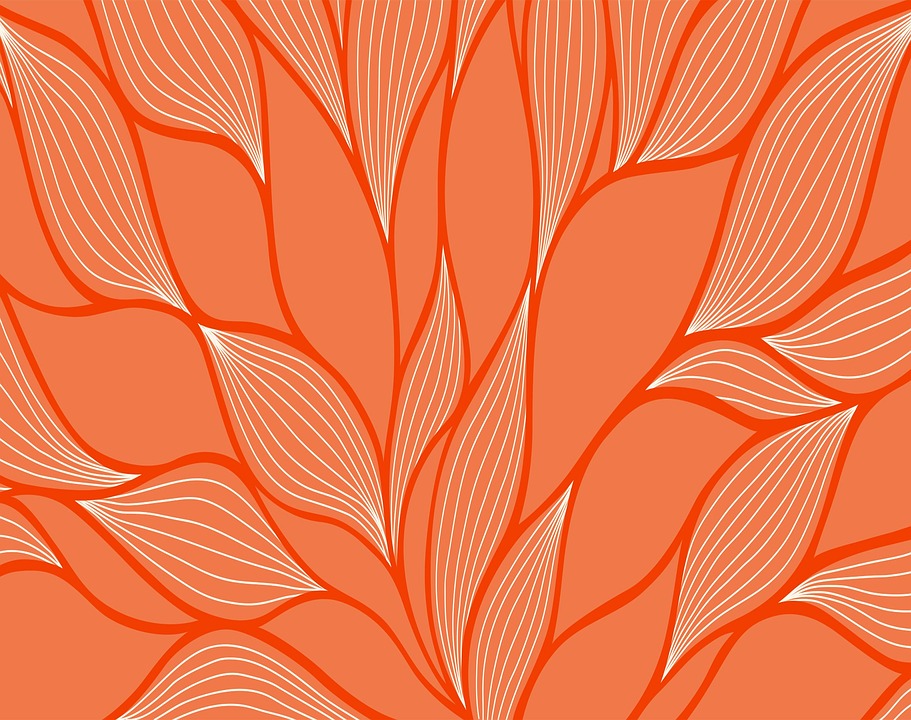Essential Graphic Illustrator Interview Guides: Tips and Techniques for Success
Stepping into the realm of graphic illustration interviews can feel like navigating a labyrinth. The stakes are high, and the competition fierce. Yet, with the right preparation and mindset, you can emerge not just intact, but victorious. Here’s a collection of essential tips and techniques to set you on the path to success.
1. Understand the Role Inside Out
Before you even think about crafting your portfolio, it’s vital to grasp the nuances of the role you’re applying for. Different companies look for different skill sets. Are they seeking a whimsical illustrator for children’s books, or a sleek designer for corporate branding? Dive into the company’s ethos and previous works. Familiarity with their style can give you an edge, allowing you to tailor your responses.
2. Master Your Portfolio Presentation
Your portfolio is your visual CV. Ensure it’s not just a collection of works, but a narrative that showcases your journey as an artist. Include a variety of pieces that demonstrate versatility—think character designs, branding projects, and even some experimental work. Each piece should be accompanied by a brief explanation of your thought process, techniques used, and the impact of your work. Remember, it’s not just about the visuals; it’s about the story behind them.
3. Prepare for Technical Questions
Interviews often involve a technical component, especially in the world of graphic design. Be ready to discuss software proficiency—Adobe Creative Suite is often a given, but what about newer tools like Procreate or Figma? Brush up on industry-standard practices and be prepared to explain your design choices. A solid understanding of colour theory, typography, and composition can set you apart.
4. Showcase Your Problem-Solving Skills
Illustration is more than just making things look pretty; it’s about solving visual problems. Be prepared to discuss how you approach a design brief. Perhaps you faced a challenging project that required you to pivot your initial ideas—share that story. Employers love candidates who can demonstrate resilience and creativity in overcoming obstacles.
5. Engage in Mock Interviews
Practice makes perfect, and this holds true in the interview arena as well. Conduct mock interviews with peers or mentors, focusing on both your verbal and non-verbal communication. Pay attention to your body language; confidence can be just as important as your artistic skills. If possible, record these sessions to review your delivery and refine your responses.
6. Ask Insightful Questions
An interview is a two-way street. While you’re being assessed, it’s equally crucial that you evaluate whether the company aligns with your artistic vision. Prepare thoughtful questions that reflect your genuine interest in their work culture and projects. Inquiring about team dynamics or future projects can demonstrate your enthusiasm and foresight.
7. Follow-Up with Finesse
After the interview, don’t underestimate the power of a well-crafted follow-up email. A simple thank you note, expressing appreciation for the opportunity, can leave a lasting impression. Feel free to mention a specific topic discussed during the interview to reinforce your engagement and enthusiasm. It’s a small touch that can make a significant difference.
In the ever-evolving landscape of graphic illustration, success hinges not just on talent but on preparation and strategy. By embracing these tips and techniques, you’ll be well-equipped to navigate the interview process and land that coveted role. CVPortal continuously brings you a plethora of high-quality CV references, ensuring you stay ahead in your career journey.


